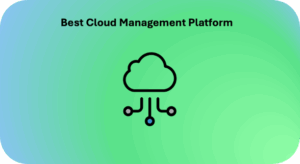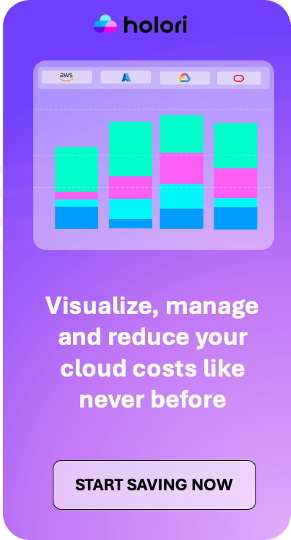Looking for an alternative to Apptio? The Apptio vs Holori comparison explains features, pricing, and target customers — and why Holori can be a better fit for teams who want fast, visual FinOps without the enterprise overhead.
TL;DR
- Apptio (an IBM company) is a mature, enterprise-focused TBM/FinOps suite built for large organizations that need deep IT financial modeling, governance and heavy customization.
- Holori is a modern, visual FinOps and cloud-cost management product that emphasizes on great UI, quick to setup and learn, fast time-to-value, transparent pricing (including a free tier) and features aimed at small → mid-market and agile teams.
If you’re an enterprise running multi-year TBM programs and need advanced financial allocations and consulting support, Apptio is purpose-built for that. If you want clear cloud visibility, visual diagrams, straightforward cost allocation, and predictable pricing that scales with team needs, Holori is likely the more practical choice.
Quick comparison
| Area | Apptio | Holori |
|---|---|---|
| Primary focus | Full TBM / IT Financial Management & enterprise FinOps (multiple products including Cloudability). | Modern FinOps platform that offers visual cloud cost management, virtual tags, cost allocation & custom dashboard. |
| Typical customer | Large enterprises, IT finance/PMO, organizations running TBM programs. | Startups, scaleups, SMBs and mid-market teams; FinOps teams wanting quick insights and powerful cost allocation. |
| Key strengths | Deep cost modeling, service costing, allocation rules, finance integrations, enterprise governance. | Virtual tagging, Powerful Cost Allocation, Custom dashboards, fast onboarding, transparent pricing, infra diagrams |
| Pricing model | Enterprise / contract pricing. 3 to 5% of the tracked cloud costs. | Self serve. For Enterprise customer: 1% of the tracked cloud costs. |
Feature comparison – what actually differs between Apptio vs Holori
1. Visibility & visualization
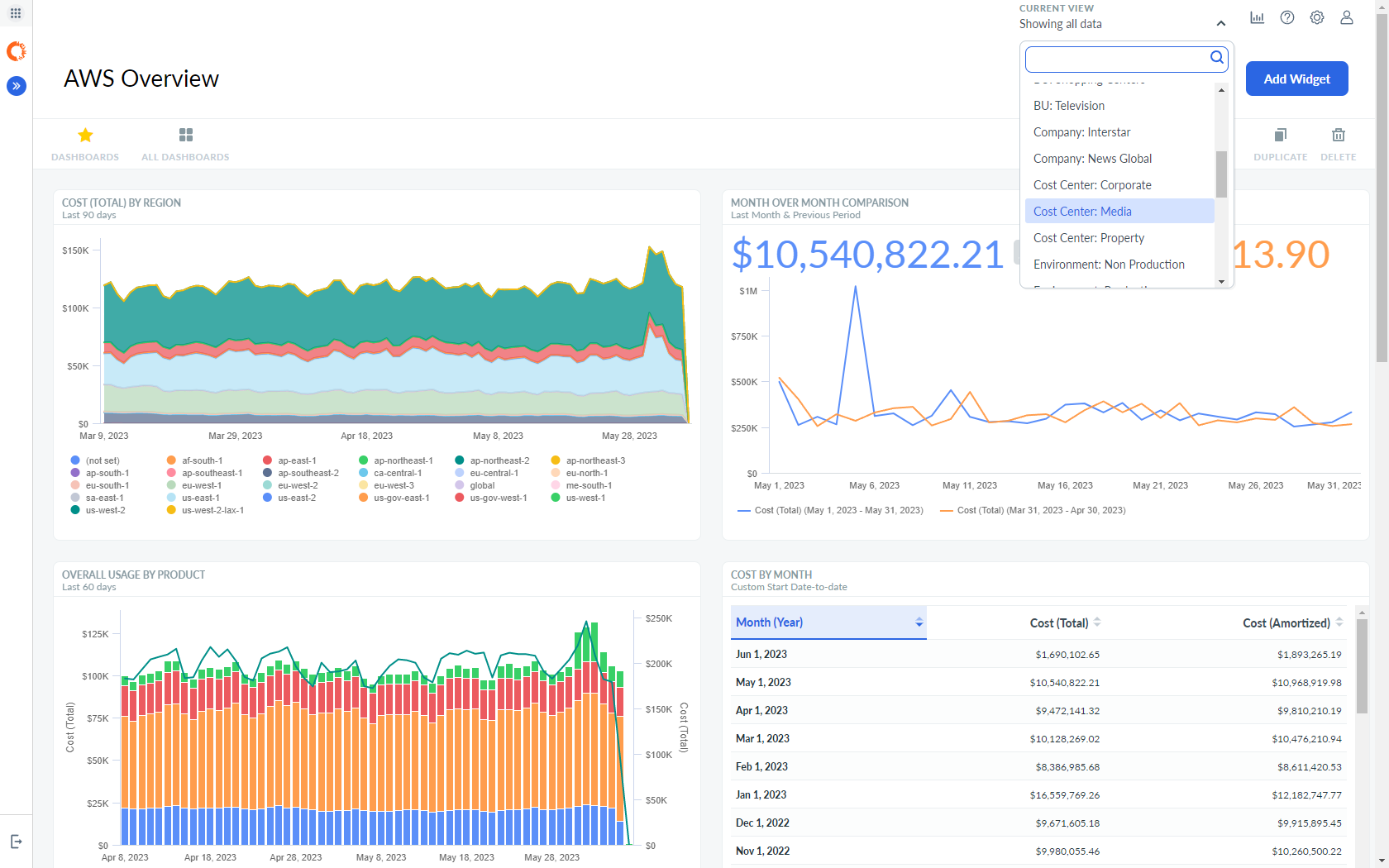
Apptio: Built for enterprise-wide cost transparency. Its allocation engine maps costs across business units, services, and applications. The goal is to provide finance with canonical numbers that align with ERP and budgeting systems. Visualization is available, but built around financial structures rather than day-to-day engineering workflows.
Holori: Holori FinOps platform mostly focus on providing cloud, AI and SaaS cost visibility. By providing interactive infrastructure diagrams graphical cost allocation and customizable dashboards, engineers and finance can see where spend lives and immediately identify waste or optimization opportunities. This visual-first approach shortens the gap between cloud inventory and cost.
Why it matters: If your workflows depend on diagrams and engineering collaboration, Holori reduces the friction of “translate infrastructure -> cost” with visuals that are actionable.

2. Cost modeling & financial controls
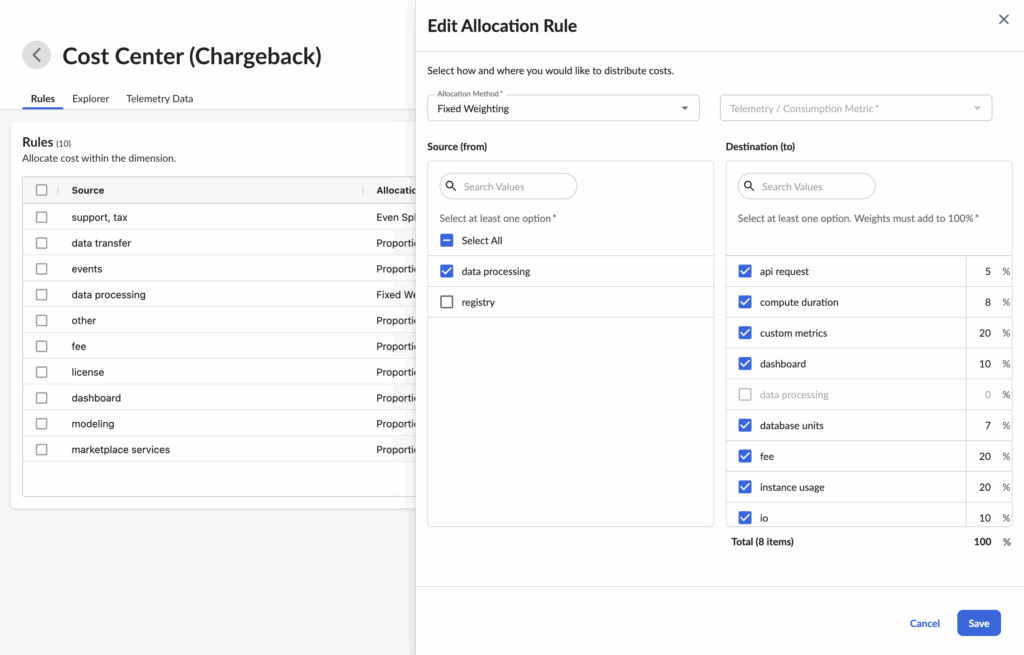
Apptio cloudability: A heavyweight in TBM. It offers service costing, detailed unit economics, chargeback/showback, multi-level allocation rules, and integrations with ERP systems. These capabilities are powerful, but typically require dedicated configuration, data cleansing, and sometimes consulting services. It’s the right choice for enterprises running long-term TBM programs that need strict governance and financial pre
Holori:
Holori provides robust, graphical cost allocation using virtual tags, cost units, and filters that make it simple to drill into spend. It provides budgets, alerts, multi-dimensional filters, and shared dashboards.
The emphasis is on being practical and fast to adopt: enough control for most FinOps teams without requiring months of alignment, modeling, and finance-led implementation.

Bottom line:
If you need complex service-costing logic tied to ERP systems, Apptio wins.
If you need intuitive, powerful allocation and cost controls you can deploy this week — Holori is the better fit.
3. Automation & optimization
Apptio (Cloudability in particular): Strong automation for FinOps processes, anomaly detection, commitment coverage automation, and unit economics—designed for organizations that need programmatic governance across many accounts and clouds.
Holori: Automates mapping and diagram generation, budget alerts, and provides cost-saving recommendations. The automation emphasizes immediate, actionable insights for teams rather than extensive governance workflows.
Pricing — transparent vs enterprise quotes
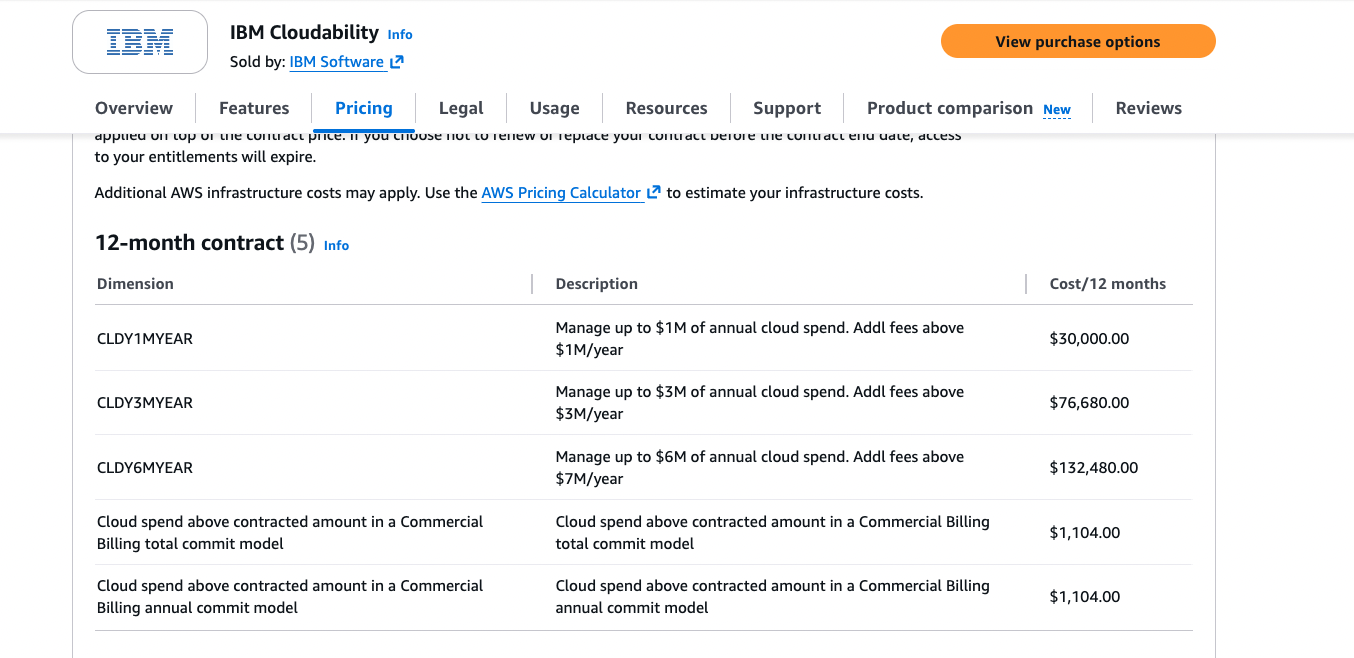
Apptio
Apptio pricing is positioned for large enterprises. Contracts often involve quotes, onboarding fees, and multi-year commitments. Analyst reports and community feedback indicate that Cloudability deployments typically cost tens of thousands per year, sometimes more, depending on scale and modules.
For organizations with large governance budgets, this cost aligns with Apptio’s role as a system of record for IT finance. Apptio doesn’t take customer below a certain amount of spend.
Holori
Holori offers transparent pricing with:
- Customer of any size can use Holori
- Predictable pricing around 1% of cloud costs for SMBs
- For large companies with multiple millions in cloud spend, a fair fixed price
Holori’s pricing is designed for teams that want fast adoption, no friction, and no opaque sales cycles.

Why pricing matters
For many small to mid-market teams, paying enterprise-level fees before achieving ROI is too risky.
Holori allows teams to start small, validate value quickly, and scale as needed. Holori prices and RoI often show that its a powerful alternative to Apptio
Implementation & time-to-value : Apptio vs Holori
Apptio:
Powerful, but often requires significant setup: data normalization, mapping workloads, defining allocation rules, connecting finance systems, etc. Many teams engage consulting partners. Time-to-value is measured in months, sometimes quarters — but once fully configured, enterprises get strong governance.
Holori:
Designed for speed. 90% of Apptio features are available in Holori.
Teams can connect cloud accounts, auto-generate diagrams, create dashboards, and get cost insights in hours to days. Holori emphasizes immediate visibility so teams can identify waste and optimization opportunities without waiting for a full TBM implementation.
Real customer signals & market perception
Across the FinOps community, a clear pattern is emerging: teams are increasingly frustrated with heavyweight, expensive platforms that take months to implement and require ongoing admin work. Many mid-market companies — and even some enterprises — feel they’re either overpaying for Apptio/Cloudability or forced to build custom internal tooling just to get the visibility they actually need.
Industry roundups are now highlighting Holori’s visual diagrams, intuitive UX, and transparent pricing as a breath of fresh air in a category traditionally dominated by complex, finance-heavy systems. Holori is seen as the modern alternative that delivers clarity without forcing teams into multi-year TBM programs or high licensing fees.
Meanwhile, Apptio remains the established market leader for enterprise IT financial management, especially where organizations require formal service costing, deep integrations with ERP systems, and complex chargeback/showback workflows.
But for teams that value speed, simplicity, and immediate insight over administrative overhead, Holori is rapidly becoming the preferred choice — offering the visibility they need without the cost or the complexity they’re trying to escape.
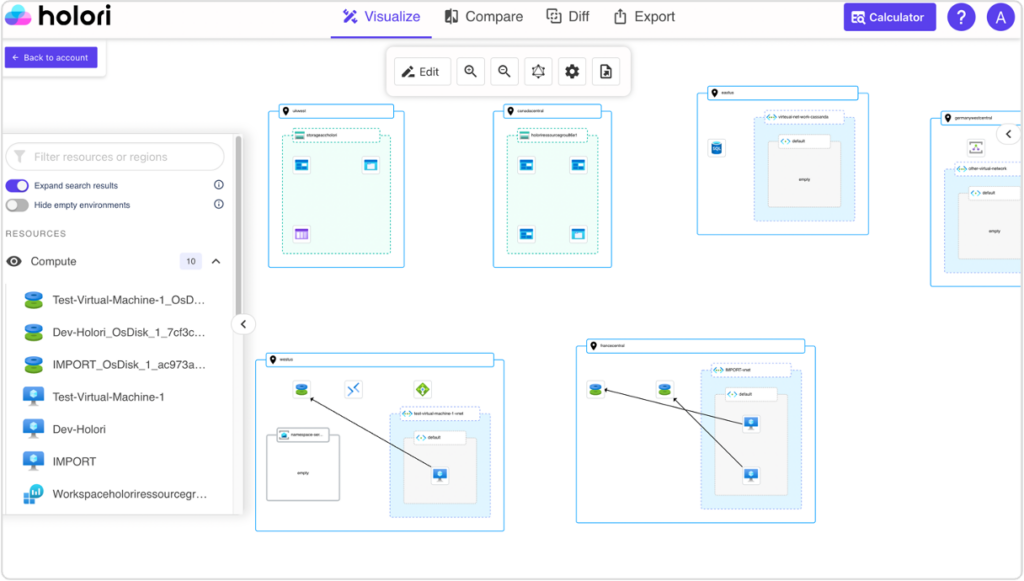
Wrap up: Apptio vs Holori. Is Holori a good alternative to Apption?
If your goal is fast, visual cloud-cost transparency, seamless collaboration between engineering and finance, and predictable, low-friction your goal is fast, visual cloud-cost transparency, seamless collaboration between engineering and finance, and predictable, low-friction pricing, Holori is the modern, pragmatic choice.
If you truly need enterprise-grade TBM, deep financial modeling, rigid governance processes, and you’re prepared for a multi-year rollout, Apptio remains the established leader.
But here’s the reality many teams are discovering:
Holori delivers more than 90% of the capabilities most organizations actually use in Apptio — without the cost, complexity, or long implementation cycles.
For the vast majority of cloud-driven companies, the “extra” functionality in Apptio goes unused, while the burden of maintaining a heavy TBM system remains.
So the choice ultimately depends on:
- your organization’s size
- your appetite for governance vs. agility
- how quickly you expect results
- and how much complexity (and cost) you believe is necessary to manage cloud spend
Holori delivers clarity, speed, and the features teams rely on day-to-day.
Apptio delivers governance at scale — but often far more machinery than most teams need.
Put simply: Holori gives modern cloud teams the capabilities they care about, without the overhead they don’t.
FAQ — Holori vs Apptio
Is Holori a replacement for Apptio?
For most cloud-driven teams, yes. Holori covers 90%+ of the capabilities that engineering, FinOps, and finance teams commonly rely on in Apptio — including cost visibility, allocation, dashboards, budgets, alerts, multi-cloud support, and optimization insights.
Apptio still wins for full TBM, deep ERP integrations, and complex service costing.
Who should choose Apptio over Holori?
Apptio is best for large enterprises running mature TBM programs that require heavy customization, strict governance, formal chargeback/showback, and integration with financial systems like SAP or Oracle.
If you don’t need this level of overhead, Holori is simpler, faster, and more cost-effective.
What makes Holori cheaper than Apptio?
Holori has transparent, usage-based pricing with a free tier and self-serve plans.
Apptio typically requires enterprise contracts, onboarding fees, and licensing based on cloud spend (often 3–5% of costs).
Holori’s enterprise pricing is around 1% of tracked spend, making it significantly lighter on budget.
Does Holori support multi-cloud like Apptio Cloudability?
Yes. Holori supports AWS, Azure, GCP, plus cloud AI providers (OpenAI, Anthropic), SaaS tools, and is expanding into European cloud vendors. Holori’s diagrams also auto-map resources across clouds — something Cloudability does not offer.
Can Holori do cost allocation like Apptio?
Absolutely. Holori uses virtual tags, units, and rules to allocate spend across teams, environments, projects, or business units.
While Apptio offers deeper, TBM-style modeling, Holori’s approach is typically faster to configure and easier for engineering teams to adopt.
How long does it take to implement Holori vs Apptio?
Holori: Hours to a few days.
Apptio: Weeks to months, depending on TBM maturity, finance alignment, and consulting involvement.
If you need fast time-to-value, Holori is built for it.
Is Holori better for engineers?
Yes. Holori’s visual diagrams, intuitive dashboards, and clean UI make it more accessible for engineering teams. Apptio is stronger for finance-driven workflows but less intuitive for day-to-day cloud practitioners.
Does Holori offer optimization recommendations like Apptio Cloudability?
Yes. Holori provides cost-saving insights, anomaly detection, and guidance on waste reduction. While Apptio offers broader enterprise governance features, Holori’s recommendations are faster to access and easier to act on.
Is Holori suitable for enterprises?
Yes — especially those seeking a lighter, more modern FinOps tool without the heavy TBM overhead. Many enterprises find Holori covers everything their engineering and cloud finance teams need, at a fraction of the cost.
What’s the main difference between Holori and Apptio in one sentence?
Apptio is a heavyweight TBM platform built for enterprise governance; Holori is a modern, visual FinOps platform built for speed, clarity, and cost efficiency.





